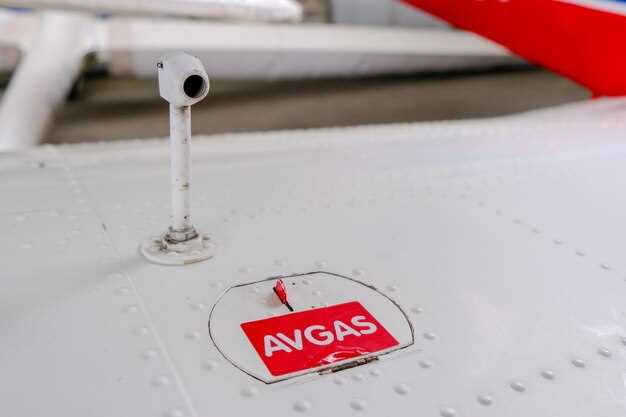

In today’s fast-paced world, the importance of safety in automotive design cannot be overstated. One of the revolutionary features enhancing vehicle safety is the Forward Collision Warning (FCW) system. This technology plays a critical role in the prevention of accidents, providing drivers with timely warnings about potential collisions ahead. By employing advanced sensors and algorithms, FCW systems assess the distance and speed of vehicles in front, thereby detecting imminent threats to safety.
The ability to receive warnings before an impending crash significantly enhances a driver’s reaction time, allowing for quick corrective actions. With statistics indicating that a large percentage of road accidents are linked to driver inattention, the Forward Collision Warning system acts as an invaluable assistant, alerting drivers to hazards they may not notice in time. This feature not only aids in the prevention of accidents but also contributes to building safer roads for all users.
As automotive technology continues to evolve, features like FCW are becoming standard in many vehicles, reinforcing the industry’s commitment to safety. By understanding the vital role these systems play, drivers can make informed choices that prioritize not just their well-being but that of everyone sharing the road. The integration of Forward Collision Warning is a testament to how innovation can lead to safety advancements that ultimately save lives.
How Forward Collision Warning Systems Function in Modern Vehicles

Modern vehicles utilize advanced Forward Collision Warning (FCW) systems to enhance safety and promote accident prevention. These systems are primarily built around sophisticated sensors that detect potential obstacles ahead. The most common types of sensors include radar, LIDAR, and cameras, which work in unison to identify vehicles, pedestrians, and other obstacles in the driving path.
The operation of FCW systems begins with the constant monitoring of the vehicle’s environment. The sensors are strategically placed around the vehicle to achieve a comprehensive view of the surroundings. Radar sensors emit signals that bounce off objects, determining their distance and speed. Cameras serve to recognize the type of object detected, ensuring an accurate assessment of potential collisions.
When the system determines that a collision is imminent, it triggers visual and auditory warnings to alert the driver. This early warning is crucial for accident prevention, allowing drivers crucial seconds to react appropriately. Some advanced FCW systems may even integrate with automatic emergency braking, taking action to mitigate a collision if the driver fails to respond.
The effectiveness of FCW systems greatly contributes to road safety, significantly reducing the likelihood of rear-end accidents. As technology continues to evolve, these systems are becoming more integrated and reliable, showcasing the automotive industry’s commitment to safety and accident prevention.
Real-Life Scenarios: The Impact of Safety Sensors on Accident Prevention

In today’s automotive landscape, safety sensors play a crucial role in accident prevention. These advanced technologies, particularly Forward Collision Warning (FCW) systems, significantly reduce the risk of accidents by alerting drivers to potential hazards. Studies have shown that vehicles equipped with safety sensors experience fewer collisions compared to those without such features.
One compelling scenario involves a driver navigating through heavy traffic. A vehicle in front suddenly brakes unexpectedly. Without a safety sensor, the driver may not react quickly enough, resulting in a rear-end collision. However, with a Forward Collision Warning system in place, the sensor detects the sudden stop and issues a timely alert, allowing the driver to apply brakes and avoid a potentially dangerous accident.
In another instance, consider a situation where a vehicle approaches an intersection. If a driver fails to notice a pedestrian crossing the street, the safety sensor can help prevent tragedy. By detecting the pedestrian’s presence, the system warns the driver, enabling them to stop in time. This capability illustrates how such technologies not only protect vehicle occupants but also safeguard vulnerable road users.
Moreover, safety sensors are invaluable in adverse weather conditions. For example, during rainy weather, a driver may struggle with reduced visibility. The sensor can adjust the vehicle’s speed and warn of nearby obstacles, enhancing safety. The proactive nature of these sensors aids in accident prevention, showcasing their importance in modern vehicle design.
Ultimately, real-life scenarios highlight the life-saving potential of safety sensors in vehicles. By enhancing driver awareness and providing timely alerts, these systems contribute to safer roadways and significant reductions in accidents. The integration of such technologies marks a transformative shift toward a more safety-conscious automotive experience.
Best Practices for Utilizing Forward Collision Warning Features on the Road
To maximize the benefits of the forward collision warning (FCW) system, drivers should adopt several best practices that enhance accident prevention. These advanced sensor technologies are designed to alert drivers of potential collisions, but their effectiveness relies on proper utilization.
1. Stay Informed About Your Vehicle’s Features: Understand the specific capabilities and limitations of your vehicle’s FCW system. Familiarize yourself with how the sensor operates, including the range and conditions under which it functions optimally. Read the owner’s manual to ensure you are aware of any alerts or notifications provided by the system.
2. Maintain Safe Following Distances: While the FCW system can assist in preventing accidents, it should not be your sole reliance on road safety. Always maintain a safe distance from the vehicle in front to allow sufficient time for reaction, even if the sensor issues a warning. A longer following distance provides added time to brake if necessary.
3. Stay Alert and Minimize Distractions: The FCW system serves as a supplementary safety feature, not a replacement for attentive driving. Remain vigilant, avoid distractions, and keep your focus on the road. This active engagement allows you to respond promptly to warnings generated by the sensor.
4. Regular Maintenance Checks: Ensure that your vehicle’s FCW system is functioning correctly through regular maintenance. Have the sensors checked periodically, as dirt or misalignment can affect their performance. Proper maintenance directly contributes to accident prevention by ensuring that the system provides accurate alerts.
5. Understand Weather Conditions: Be aware that certain weather conditions may impact the effectiveness of the FCW system. Rain, snow, or fog can obstruct the sensor visibility, potentially leading to false alarms or missed warnings. Adjust your driving behavior accordingly during adverse weather.
By incorporating these best practices into your driving routine, you will not only enhance the functionality of your forward collision warning feature but also significantly contribute to overall road safety and accident prevention.





